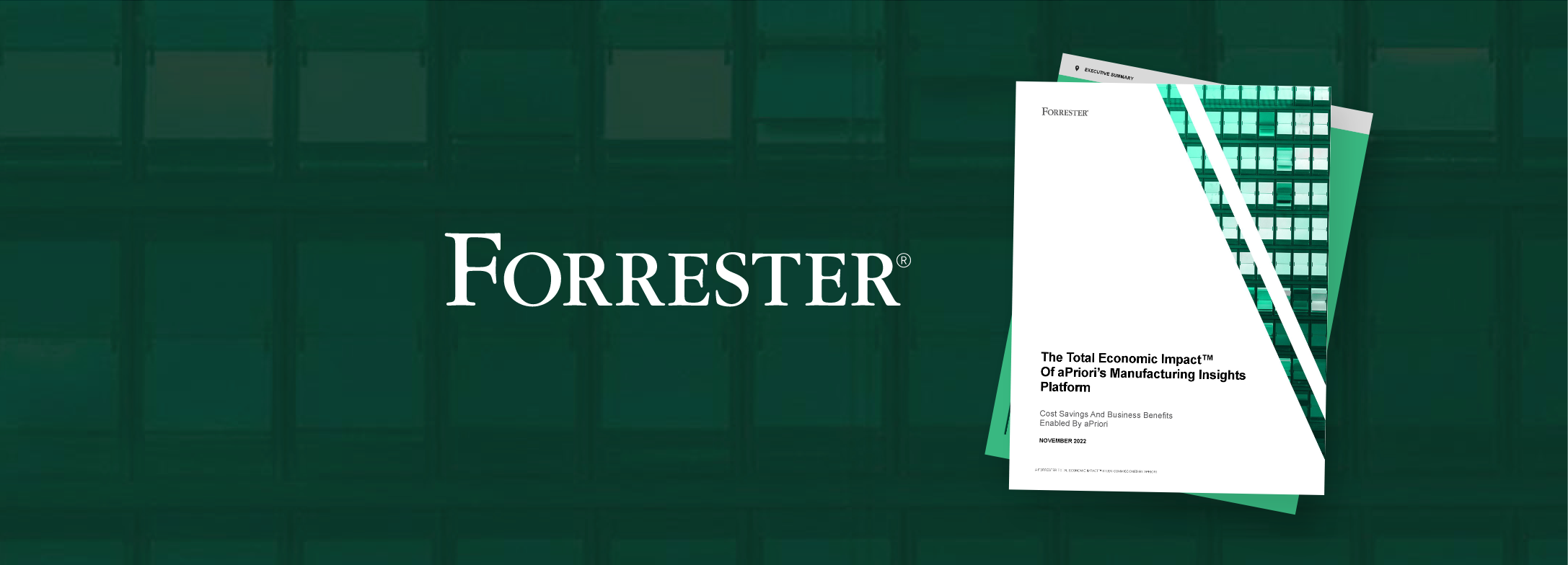3 Ways to Address Manufacturing Challenges for a Stronger 2023
- Economic, labor, and technology issues continue in 2023
- Successful manufacturers are using lessons learned and digital technology for agility
Over the last several years, the pandemic, supply chains, labor shortages, and inflation have forced manufacturers to be reactive. In the long run, this approach is not effective. Instead, manufacturers need to start asking the right questions and preparing before there is a crisis.
The threat of recession still looms large, and many industries continue to struggle with labor shortages and skills gaps. Additionally, the manufacturing industry continues to work through supply chain and production issues as well as remain competitive by accelerating time to market. How should the manufacturing industry evolve to address them and become more agile in 2023? What should they anticipate, and how should they prepare?
Apply the Past to Three Current Manufacturing Challenges
Manufacturers should view 2023 through the lens of “past is prologue.” The lessons learned during the last two years can be applied going forward. Consider how you can apply past lessons to ensure future success as you address the following three manufacturing challenges. And see how manufacturing insights like aPriori can help:
1) Improve Margins in Economic Uncertainty for Greater Returns
McKinsey compared the 2020 economic environment to the global financial crisis from 2007 through 2011. It noted that leaders throughout all industries who worked to improve their margins early in the crisis saw 28% growth in total shareholder returns (TSR). McKinsey also concluded that companies that focus on improving margins as the economy experiences inflation, and possibly heads toward a recession, grow faster than others within their industry. However, manufacturers still face obstacles. Deloitte found in an outlook survey that 54% of respondents viewed supply chain and raw materials price increases as a major risk in 2023.
How can manufacturers take ongoing challenges such as supply chain issues, a shaky economy, and higher raw materials prices and turn them into an advantage? Automated manufacturing insights is the answer. By evaluating design, identifying cost outliers, comparing cost vs. carbon, and comparing supplier prices to strengthen collaboration and negotiation, manufacturers can painlessly and impactfully improve margins early in the design process.
For example, manufacturing insights can identify lags in cycle times and provide recommendations to streamline production. As a result, products will get to market faster, there will be less inventory overhead, and labor time shortened, all contributing to improving profit margins.
2) View Your Employees as Irreplaceable and Invest in Them
The inability to fill positions with qualified workers is a common refrain for employers. However, there are plenty of workers out there willing and able to work and acquire new skills. It is critical that manufacturers do more to attract and retain them. Skilled workers such as baby boomers close to retirement age currently fill traditional machinist positions, which will create even more shortages.
Employers recognize that labor and skills shortages hurt their businesses and bottom lines. In fact, the National Association of Manufacturers Q4 2021 Manufacturers’ Outlook Survey noted that nearly 83% of manufacturers mentioned attracting and retaining a quality workforce as their top challenge. Similarly, almost 45% of manufacturers said they had to turn down business opportunities because they did not have enough workers. The mindset must shift from “Employees are replaceable.” to “What can I do to invest in them so that I attract and retain the best?”
The short answer is automation. It will compensate for workforce shortages by streamlining manual tasks. More importantly, it will support the need to invest in employees. Not only will it enhance productivity, but it also will improve employee retention. These new technologies will attract and engage more workers and foster greater collaboration. It also will provide upskill opportunities and career paths as well as support a better work-life balance and working conditions. Technologies such as manufacturing insights solutions can help streamline processes through automation and faster, better collaboration to meet these goals. What’s more, such technological advances improve efficiencies and provide critical insights and recommendations, enabling organizations to do more with fewer workers while not burning them out.
A Deloitte survey confirms it, citing that 72% of the executives surveyed in the “2021 Global Human Capital Trends” report said that the ability of their people to adapt, reskill, and assume new roles was central to navigating future disruptions. Forty-one percent of executives have prioritized building workforce capabilities to attract talent and ensure that their employees thrive. The cherry on top is the cooperative power and teamwork fostered through digital transformation and cloud collaboration.
Watch how Woodward, a company that provides innovative flow, combustion, electrical, and motion control systems to the aerospace and industrial sectors, applies automation to compensate for labor shortages, shorten supply chain management, and in the process, digitally transformed their business. Spoiler alert: the manufacturer was able to go from a 1:Many supplier paradigm to a 1:1 supplier model. As a result, Woodward and the supplier went from a 10-week supplier lead time to a one-week lead time using aPriori. Watch Woodward’s video to discover additional benefits they gained.
3) Improve Agility by Upgrading Technologies
According to Statista Research’s Smart Manufacturing Global Market Size Forecast 2017/2023, the smart manufacturing market will grow to approximately $480 billion by 2023. Companies with higher digital maturity have shown greater resilience, including those that accelerated digitalization during the pandemic. Continued investments in advanced manufacturing technologies can help develop agility.
The Deloitte 2023 aerospace and defense outlook also noted that 88% of surveyed senior executives believed the general business outlook for the aerospace and defense (A&D) industry over the next year is “somewhat to very positive.” Many attribute this optimistic outlook to new technologies including the digital thread and smart factories. Deloitte indicated that A&D companies that focused on innovation and were prepared to capitalize on new emerging opportunities had the potential to outperform their peers in 2023.
Digital technologies help manufacturers scale faster and with greater agility. The beauty of a digital factory, which is a digital representation of a physical factory, is that it identifies manufacturing and cost issues and provides insights for remediating them – early in the design process. As a result, manufacturers can design better, keep costs in line, access the right suppliers and materials, reduce engineering change orders (ECOs), and accelerate time to market.
Embrace Challenges for Greater Rewards
Despite uncertain economic times, supply chain disruptions, and skilled labor shortages, the manufacturing industry’s future is bright, and its growth trajectory is strong. The key to keeping this momentum lies in implementing and optimizing digital technologies to foster resiliency, address disruptors, and support a blueprint for a future of steady growth.
We can expound on the benefits aPriori delivers so customers can meet today’s challenges efficiently without sacrificing manufacturability, profitability, or sustainability. But the real proof lies in hearing from our actual customers. Take the time to watch the Woodward case study and digital factory videos. Then contact us to find out how you can grow stronger and more agile in 2023.
See How aPriori Can Boost Your Business
603% ROI. 10% procurement spend reduction. 70% increase in design efficiency.








